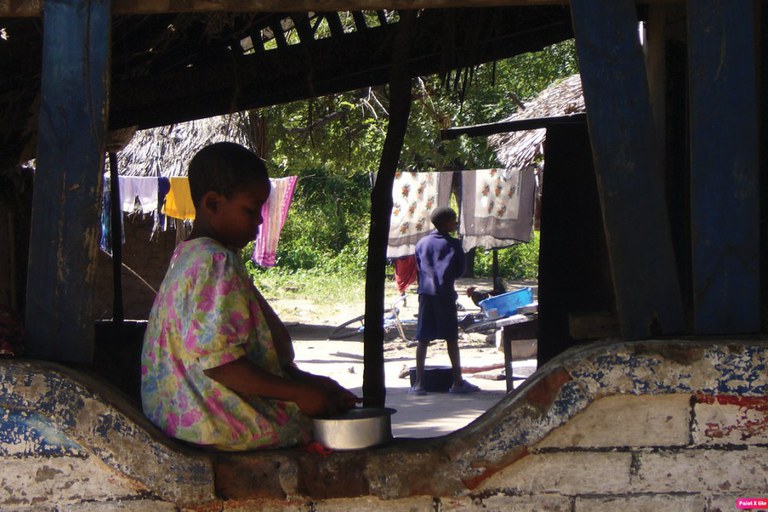Posted: March 30, 2023
Lower than normal rainfall linked with a higher chance of food insecurity.
Food insecurity is a growing problem, especially as climate change affects weather around the globe. This is particularly true in sub-Saharan Africa, where the prevalence of moderate or severe food insecurity grew from 50% in 2014 to 57% in 2019, according to a report by the Food and Agriculture Organization of the United Nations.
New research from the college found that a lack of rainfall was associated with the highest risk of food insecurity in Tanzania -- specifically, that moving from a year with typical rainfall to a particularly dry year was associated with a 13-percentage-point increase in the risk of being food insecure.
Heather Randell, assistant professor of rural sociology and demography, said the findings could have important policy implications.
"Climate change will continue to change precipitation patterns, so it's vital to find ways to help at-risk communities fend off food insecurity," Randell said. "Potential interventions could include providing drought-tolerant maize, increasing access to agricultural extension services, scaling up agricultural index insurance, improving uptake of soil and water conservation practices, and providing cash transfers based on drought early warning systems."
For the study, recently published in Food Policy, the researchers linked longitudinal, nationally representative household data from more than 3,200 households to high-resolution data on rainfall and temperature during the most recent growing season.
--Katie Bohn
Features
Fostering Forests
Across the United States, forests face unprecedented threats, and scientists in Penn State's College of Agricultural Sciences are conducting novel and complex research to conserve them.
Buzzing With Purpose
Community scientists work to protect Pennsylvania's wild bees
Conservation Reimagined
Exploring new approaches to cope with a changing climate



